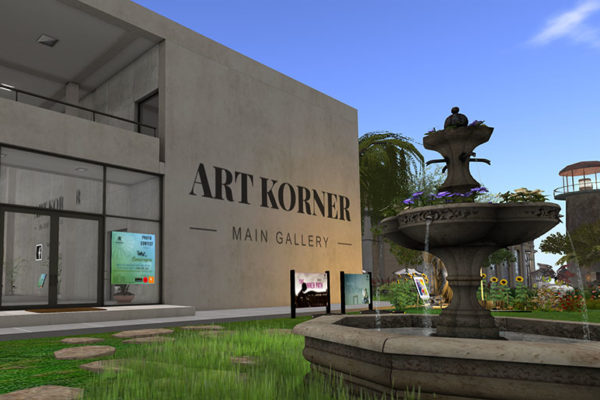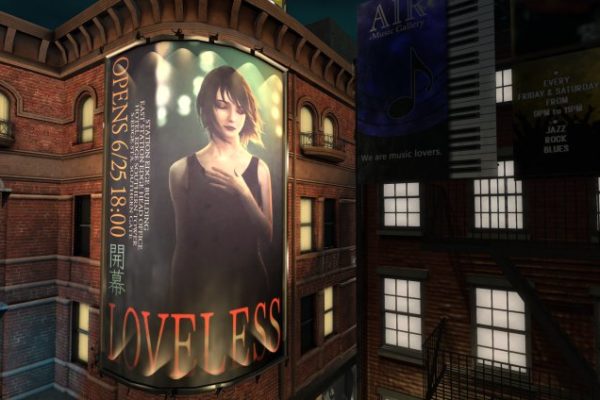As we discussed in our complete guide to the metaverse, it’s largely made up of virtual worlds accessible to the public. So does that mean any online video game counts as part of the metaverse? No. It takes much more, including immersion, socialization, transactions, and user-generated content (among other things). Fortunately, there are already many platforms that exist in the metaverse as part of Web 3.0. Here are a few examples.
Decentraland

Genesis Plaza in Decentraland
Decentralization is at the heart of so many Web 3.0 efforts, and Decetraland bills itself as an example of what a decentralized metaverse can look like. It achieves this by giving its users ownership of the platform and voting to establish its policies. Anyone can purchase land in Decentraland and use it to express their creativity, advertise their brand, or sell in-game NFTs. Users can also create their own in-game assets (NFTs) by downloading the builder, just like most virtual worlds in the metaverse. Technically, Decentraland isn’t completely decentralized. The website, blog, and platform itself are still maintained by the Decentraland Foundation. They could, theoretically, still take back complete control of the platform and institute whatever policies they wanted. Of course, this would lead to a sharp decline in its user base and (likely) a slew of lawsuits. So, the foundation has a strong incentive to avoid any such takeover.
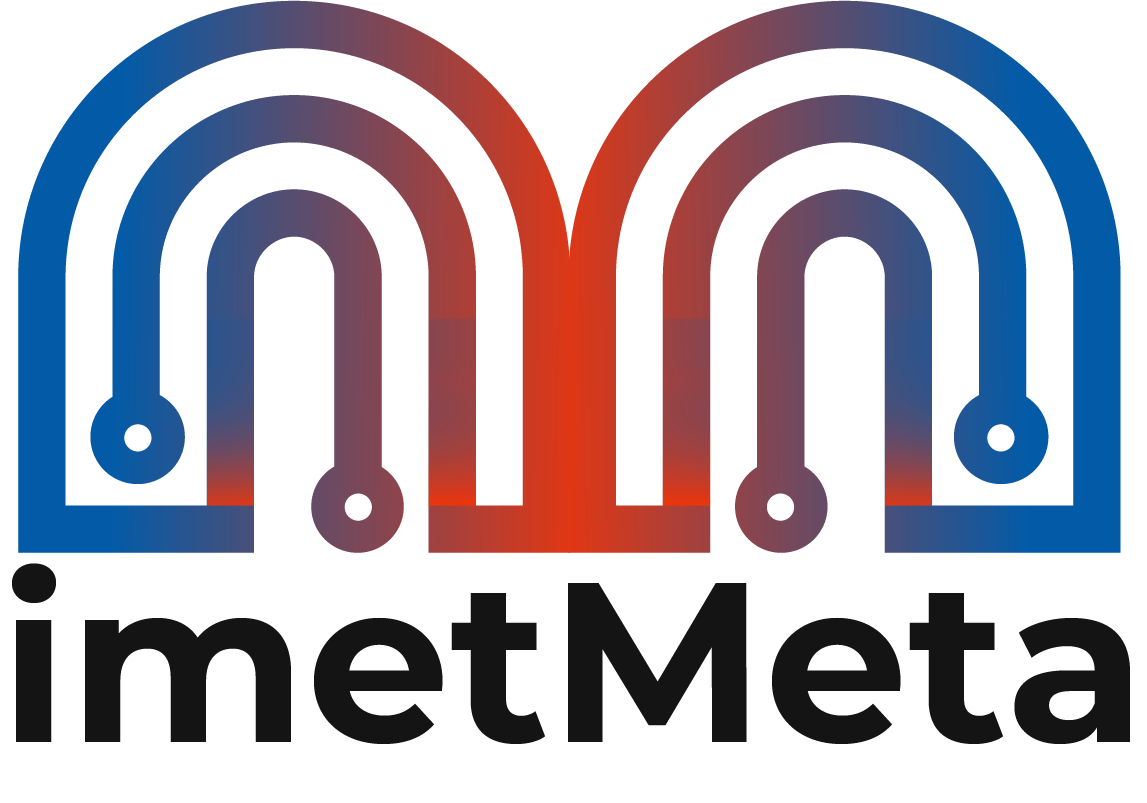
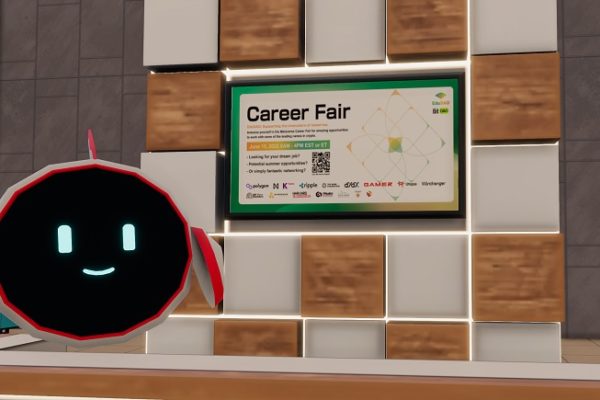
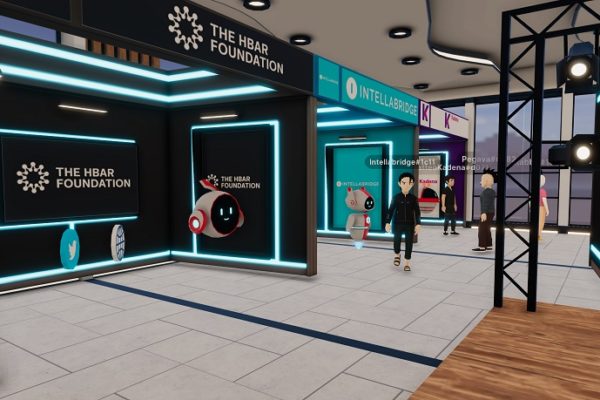
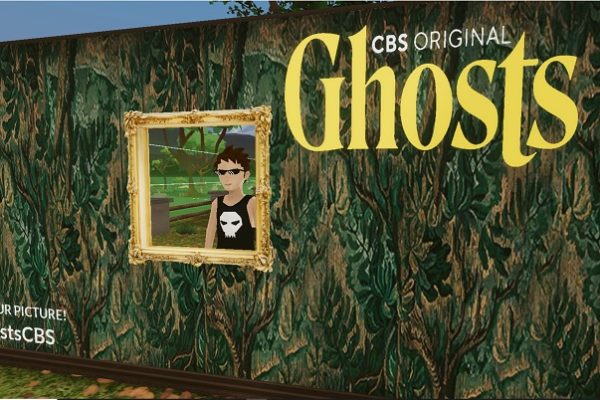
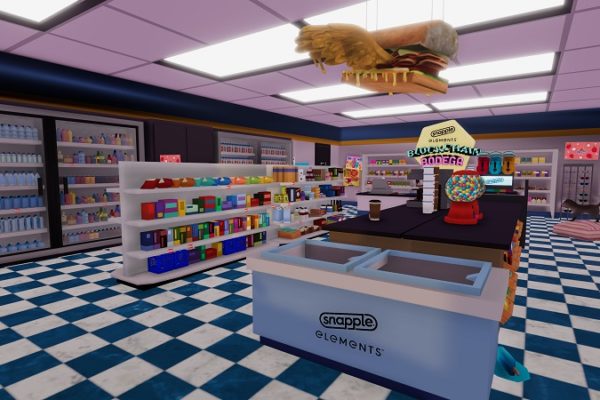
 Roblox is considered an example of the metaverse, but it works a little differently than most other virtual worlds. It isn’t a large world where users can walk around and discover new things. Rather, it’s a platform that developers use to create games and experiences. So, users can browse its list of content created by other users and choose whichever ones they like.
Roblox is considered an example of the metaverse, but it works a little differently than most other virtual worlds. It isn’t a large world where users can walk around and discover new things. Rather, it’s a platform that developers use to create games and experiences. So, users can browse its list of content created by other users and choose whichever ones they like. 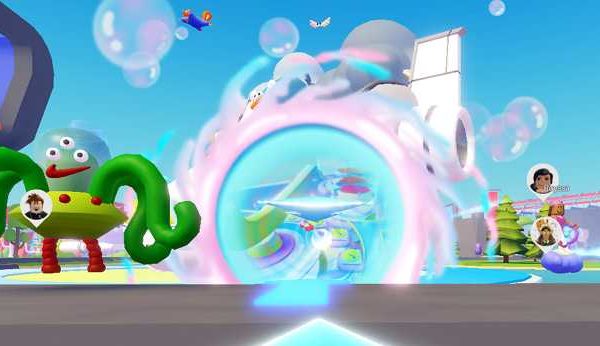
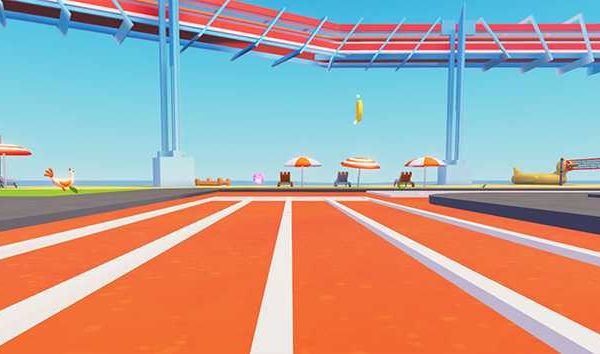
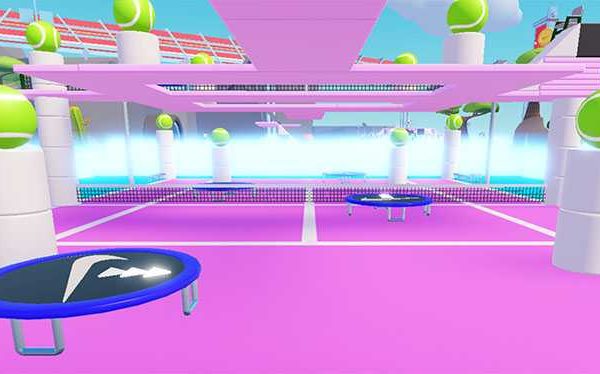
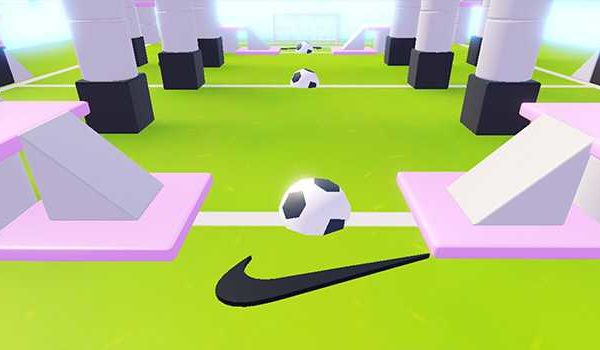
 Meta Ruffy is a newcomer that promises to set itself as the entertainment district of the metaverse. It features a stadium, mall, and cafe, among other venues. Users can also purchase land and set up a presence that adds entertainment value to the overall experience. Meta Ruffy offers a unique experience for artists who want to pursue their passion but have found it difficult or impossible to succeed in the mainstream. It actually doesn’t take much to schedule events and promote yourself. Of course, there are in-world marketers who are happy to help promote you, and their rates are significantly lower than what you would expect from real life agents and marketing firms. Some even help for free initially and only charge a commission fee after. So, there’s no chance of losing. Land locations are randomly assigned once purchased, so the plots you purchase may not be in the same location. However, you can trade land with other users if you prefer a specific location.
Meta Ruffy is a newcomer that promises to set itself as the entertainment district of the metaverse. It features a stadium, mall, and cafe, among other venues. Users can also purchase land and set up a presence that adds entertainment value to the overall experience. Meta Ruffy offers a unique experience for artists who want to pursue their passion but have found it difficult or impossible to succeed in the mainstream. It actually doesn’t take much to schedule events and promote yourself. Of course, there are in-world marketers who are happy to help promote you, and their rates are significantly lower than what you would expect from real life agents and marketing firms. Some even help for free initially and only charge a commission fee after. So, there’s no chance of losing. Land locations are randomly assigned once purchased, so the plots you purchase may not be in the same location. However, you can trade land with other users if you prefer a specific location. 
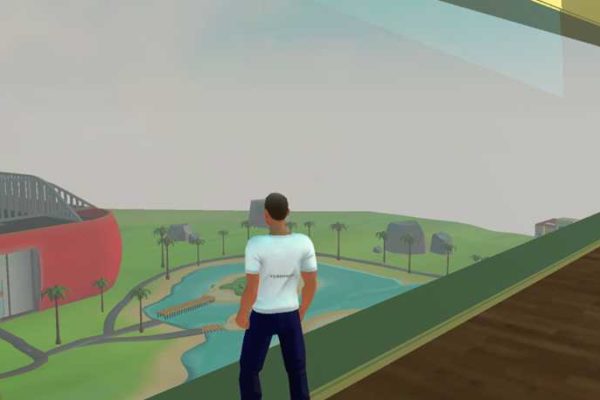
 Second Life is probably the oldest and perhaps most beginner friendly example of the metaverse that we have. Actually, its concept is a great example of a true metaverse: anyone can set up an account and build their own presence in a real-time computer generated environment. Granted, its name has earned the platform some slack. A few users have tried to actually build a second life, which has understandably tarnished its image. This has led some to believe (incorrectly) that its user base is full of creeps who are detached from reality. The stereotype isn’t true (at least, not for most of them), but that perception has stopped many from joining. The name may have played a role in that perception. Stereotypes aside, Second Life offers many of the same benefits found in other virtual worlds. What sets it apart is the ease of completing certain actions, including buying land (SL has some of the metaverse’s cheapest real estate), creating in-world items (their version of NFTs) and selling those items. The LindenDollar is embedded in Second Life and can be purchased with ease using a credit or debit card. So, there’s no need to buy one crypto, transfer it, then finally trade it for the in-game currency. One of Second Life’s biggest drawbacks is its lag. Most other virtual worlds scale down their graphics since the environment has to load in real-time via an internet connection, then gets sent to the computer’s graphics processor for rendering. LindenLabs wanted to maintain better graphics for Second Life, which means it often takes much longer to fully render the environment. Second Life’s founder recently announced that he’s
Second Life is probably the oldest and perhaps most beginner friendly example of the metaverse that we have. Actually, its concept is a great example of a true metaverse: anyone can set up an account and build their own presence in a real-time computer generated environment. Granted, its name has earned the platform some slack. A few users have tried to actually build a second life, which has understandably tarnished its image. This has led some to believe (incorrectly) that its user base is full of creeps who are detached from reality. The stereotype isn’t true (at least, not for most of them), but that perception has stopped many from joining. The name may have played a role in that perception. Stereotypes aside, Second Life offers many of the same benefits found in other virtual worlds. What sets it apart is the ease of completing certain actions, including buying land (SL has some of the metaverse’s cheapest real estate), creating in-world items (their version of NFTs) and selling those items. The LindenDollar is embedded in Second Life and can be purchased with ease using a credit or debit card. So, there’s no need to buy one crypto, transfer it, then finally trade it for the in-game currency. One of Second Life’s biggest drawbacks is its lag. Most other virtual worlds scale down their graphics since the environment has to load in real-time via an internet connection, then gets sent to the computer’s graphics processor for rendering. LindenLabs wanted to maintain better graphics for Second Life, which means it often takes much longer to fully render the environment. Second Life’s founder recently announced that he’s 
